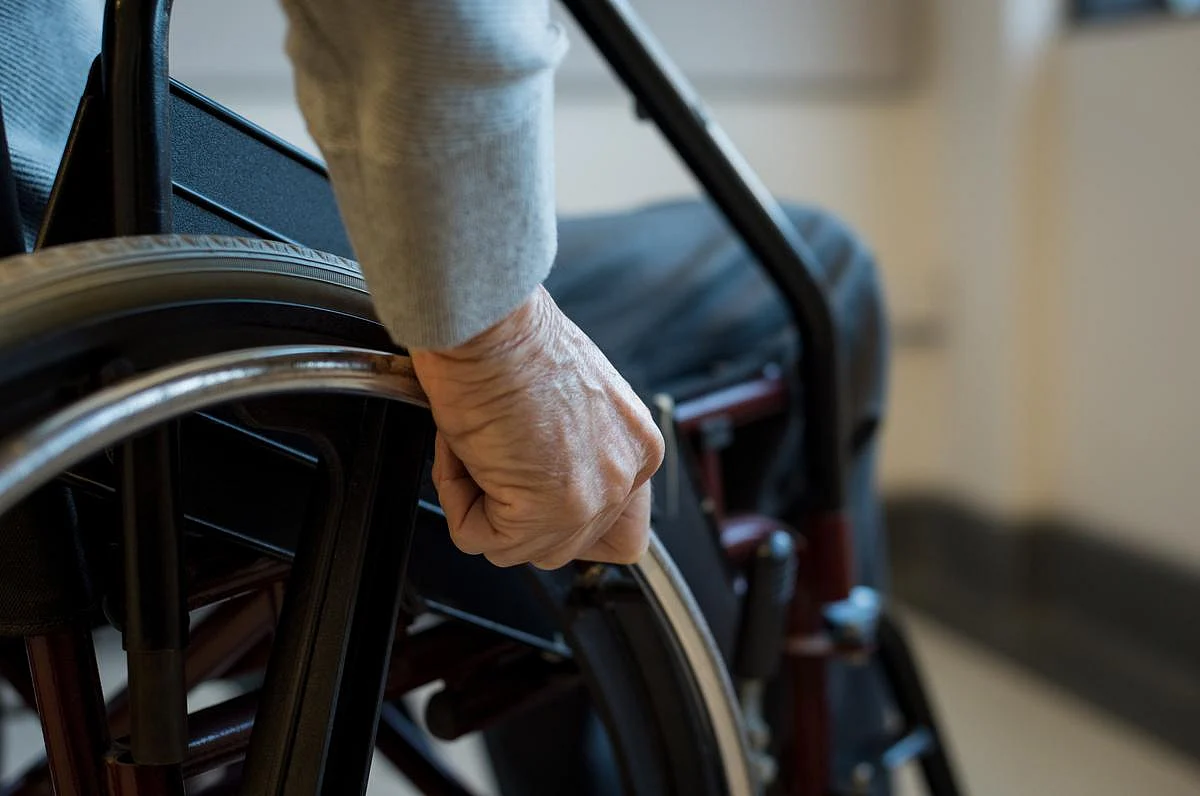Source Of Breathing Problems Identified For People With Spinal Cord Injuries
By Dennis Thompson HealthDay Reporter
 via HealthDay
via HealthDayFRIDAY, Aug. 15, 2025 — Breathing problems are common among people with a spinal cord injury, frequently contributing to illness and death.
But researchers think they’ve sussed out a way to potentially improve these patients’ ability to breathe, a new study says.
A group of nerve cells in the brain and spinal cord called interneurons works to boost breathing when a person grows short-winded from exercise or high altitude, researchers report this month in the journal Cell Reports.
By manipulating these nerve cells, researchers might be able to create treatments for spinal cord patients who struggle to breathe on their own.
“While we know the brainstem sets the rhythm for breathing, the exact pathways that increase respiratory motor neuron output, have been unclear — until now,” lead researcher Polyxeni Philippidou said in a news release. She’s an associate professor of neurosciences at Case Western Reserve University School of Medicine in Cleveland.
In the study, researchers used genetically modified mice to explore the nerve pathways involved in breathing.
They found that blocking signals from a specific set of interneurons made it harder for mice to breathe properly when too much carbon dioxide had accumulated in the blood.
“We were able to define the genetic identity, activity patterns and role of a specialized subset of spinal cord neurons involved in controlling breathing,” Philippidou said.
Carbon dioxide naturally occurs in the body as cells produce energy. Red blood cells carry carbon dioxide from organs and tissues to the lungs, where it is exhaled.
If the body can’t shed carbon dioxide, the gas can build up in the blood, making it hard to breathe and leading to respiratory failure, researchers said.
“These spinal cord cells are important for helping the body adjust its breathing in response to changes like high CO2 levels,” Philippidou said.
The team is now testing whether targeting interneurons can help restore breathing in people with nerve diseases like amyotrophic lateral sclerosis (ALS) or Alzheimer’s disease.
Sources
Disclaimer: Statistical data in medical articles provide general trends and do not pertain to individuals. Individual factors can vary greatly. Always seek personalized medical advice for individual healthcare decisions.
Source: HealthDay
Posted : 2025-08-16 12:00
Read more

Disclaimer
Every effort has been made to ensure that the information provided by Drugslib.com is accurate, up-to-date, and complete, but no guarantee is made to that effect. Drug information contained herein may be time sensitive. Drugslib.com information has been compiled for use by healthcare practitioners and consumers in the United States and therefore Drugslib.com does not warrant that uses outside of the United States are appropriate, unless specifically indicated otherwise. Drugslib.com's drug information does not endorse drugs, diagnose patients or recommend therapy. Drugslib.com's drug information is an informational resource designed to assist licensed healthcare practitioners in caring for their patients and/or to serve consumers viewing this service as a supplement to, and not a substitute for, the expertise, skill, knowledge and judgment of healthcare practitioners.
The absence of a warning for a given drug or drug combination in no way should be construed to indicate that the drug or drug combination is safe, effective or appropriate for any given patient. Drugslib.com does not assume any responsibility for any aspect of healthcare administered with the aid of information Drugslib.com provides. The information contained herein is not intended to cover all possible uses, directions, precautions, warnings, drug interactions, allergic reactions, or adverse effects. If you have questions about the drugs you are taking, check with your doctor, nurse or pharmacist.
Popular Keywords
- metformin obat apa
- alahan panjang
- glimepiride obat apa
- takikardia adalah
- erau ernie
- pradiabetes
- besar88
- atrofi adalah
- kutu anjing
- trakeostomi
- mayzent pi
- enbrel auto injector not working
- enbrel interactions
- lenvima life expectancy
- leqvio pi
- what is lenvima
- lenvima pi
- empagliflozin-linagliptin
- encourage foundation for enbrel
- qulipta drug interactions
